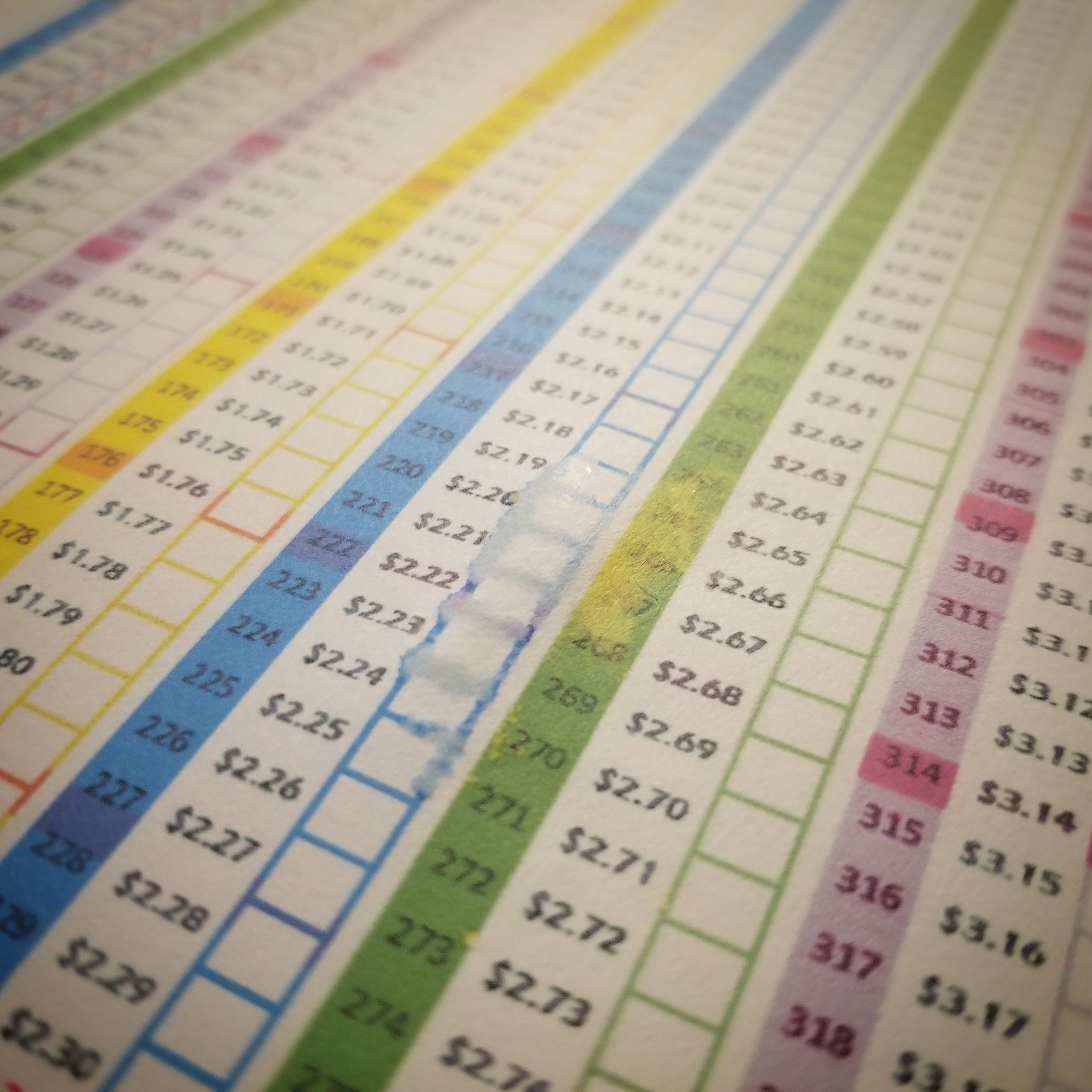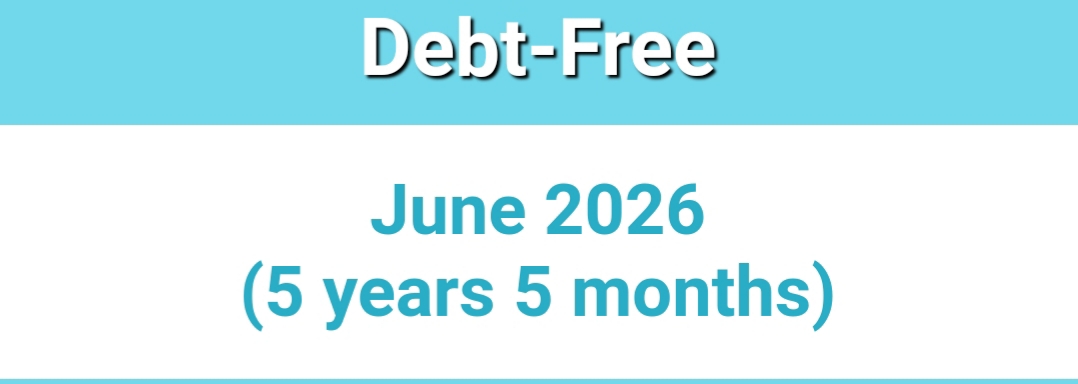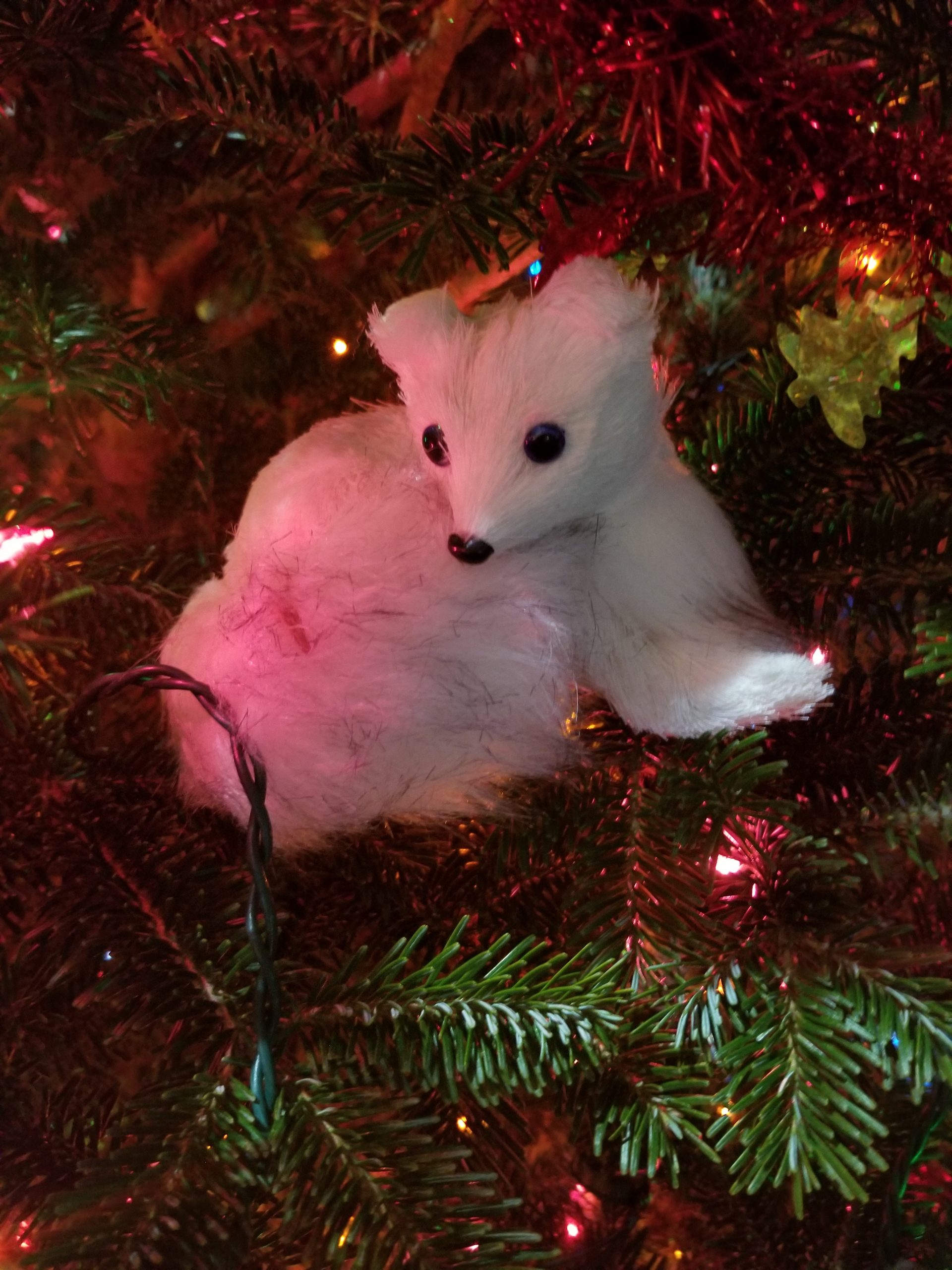We’ve let a full 48 hours pass with our agar plates in our homemade incubator. Now it’s time to see the results! To see how the experiment was set up, click here!
First though, our clean and dirty controls. As we can see, the bacteria water was indeed dirty, and even though the countertop was wiped down with water and some windex, it still had some bacteria present!

For the Thieves cleaner, it was gifted already diluted as recommended for general household cleaning (diluted with city water). The Dawn dish soap was mixed with our well water. I wasn’t surprised by the Thieves, seeing as it’s a blend of essential oils with nothing meant to kill bacteria or inhibit it from growing. The Dawn surprised me, although I will say from experience that it does it’s job as a degreaser/soiled dish cleaner, but apparently it leaves enough left over for colonies to grow.

The alcohol was 91% isopropyl. It did pretty decent, but a few colonies sprouted. I imagine myself accidentally spraying alcohol in my eye trying to clean with it though! The Norwex did a decent job for just being a towel and well water. I will say that the microfiber is extremely sticky (brand new towel), so I can see how it would pick up much better than a paper towel would.

The Windex (original blue with Ammonia-D) didn’t fare so well. The father in My Big Fat Greek Wedding lied to us all! The Lysol Wipes were great. The container says to keep the surface wet from the wipe for at least 4 minutes for the full disinfectant, but it was only 30 seconds or so after cleaning the square that the swab sample was taken. I imagine these work well because the wipe is sticky like Norwex towel is, and of course, right on the container it says it kills mutliple kinds of viruses and bacteria.

The 3% Hydrogen Peroxide was another winner. I know there are specialty spray bottles out there to put this solution in since it doesn’t do well in transparent containers. The Distilled White Vinegar (full strength) also did well, although I imagine there isn’t much on Earth that likes an extremely acidic environment.

I’m not sure what the tiny white dot is that appears on the vinegar plate. It must be a chip on the purple lid I’m using as a background to see the colonies better. There is no colony present on the vinegar plate.
In the end, the top 3 cleaners from this round were the Lysol wipes, Distilled White Vinegar (full strength), and the 3% Hydrogen Peroxide. There were no colonies present after 48 hours of incubation. I could see the star lines that I drew out with the cotton swab, but nothing grew.
*My personal thoughts coming up!*
For a general all purpose clean, I can see how the Vinegar would be the best choice, both in terms of price, and the “toxic chemicals” everyone is going on about in this day and age. The problem with vinegar is the smell (remedied some by the addition of citrus peels or essential oils), it can be unkind to certain surfaces (it’s best to test a small area first), and that for extremely soiled surfaces, it can take a lot of elbow grease for it to break down gunk.
The Hydrogen Peroxide would make an excellent choice if you take the time to purchase a specialty spray bottle for it. It’s a little more costly than Vinegar, but you can’t go wrong with something you use to clean wounds. I’m not sure if there are surfaces it shouldn’t be used on, or how it works on soiled surfaces.
The Lysol wipes are a quick, easy solution. Of course they are worse for the environment since they are disposable, but if you are a household in the middle of nasty sick attack, something quick, easy, disposable, and labeled to kill multiple viruses and bacteria will be your best friend.
A few things to remember…
- These plates do not show us viruses, or even all types of bacteria.
- Some cleaner residue could have been picked up on the swab as well (except for the Norwex), which means the cleaner could have continued to “clean” on the agar plate, and we all know we don’t clean a surface and leave it untouched for 48 hours.
- Paper towels were used so there wasn’t “contamination” if the washer doesn’t completely clean a reusable rag. Reusable cloths probably have a better chance at picking things up,especially soiled bits, since they are more abrasive than a paper towel.
- My Norwex towel was brand new prior to this experiment. I have no idea how the abrasiveness/”stickiness” of the towel holds up after repeated washing.
- The countertop was tainted with bacteria liquid for 5 minutes. It was not caked on, soiled gunk that was ignored for a whole day (or more) before it was cleaned up.
- My results may differ from others. There are factors I didn’t control, like how hard or how long a surface was cleaned. Everyone’s cleaning style is different, from a quick wipe down of a surface to a 5-10 minute deep clean. The amount of cleaner used, and the amount of time the cleaner was in contact, can make a difference.
I plan to do this experiment with the girls again. There were so many cleaning solutions mentioned when I asked, and it’s such an easy experiment to do.
~Holly








Nice! I would think one could just add a spray nozzle to the container hydrogen peroxide comes in, if one wanted to use it to clean house. I’ll have to look into that further. Hydrogen Peroxide has always been for use on people in my estimation, so I’m curious about its other uses 🙂
I’m sad Dawn didn’t do so hot.